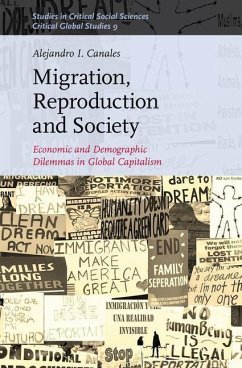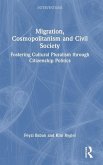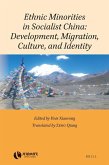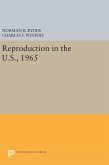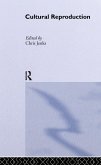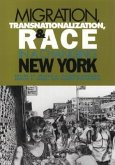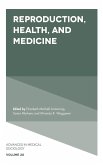In Migration, Reproduction and Society, Alejandro I. Canales offers a theoretical model for understanding the role of migration in the reproduction of contemporary society. He demonstrates how immigration constitutes a political dilemma that embodies the ethnic and demographic transformation of advanced societies. En Migration, Reproduction and Society, Alejandro I. Canales propone un modelo teórico para el entendimiento de las migraciones en la reproducción de la sociedad contemporánea. En las sociedades avanzadas la inmigración establece un dilema político concerniente a la transformación étnica y demográfica de sus poblaciones.
Bitte wählen Sie Ihr Anliegen aus.
Rechnungen
Retourenschein anfordern
Bestellstatus
Storno

